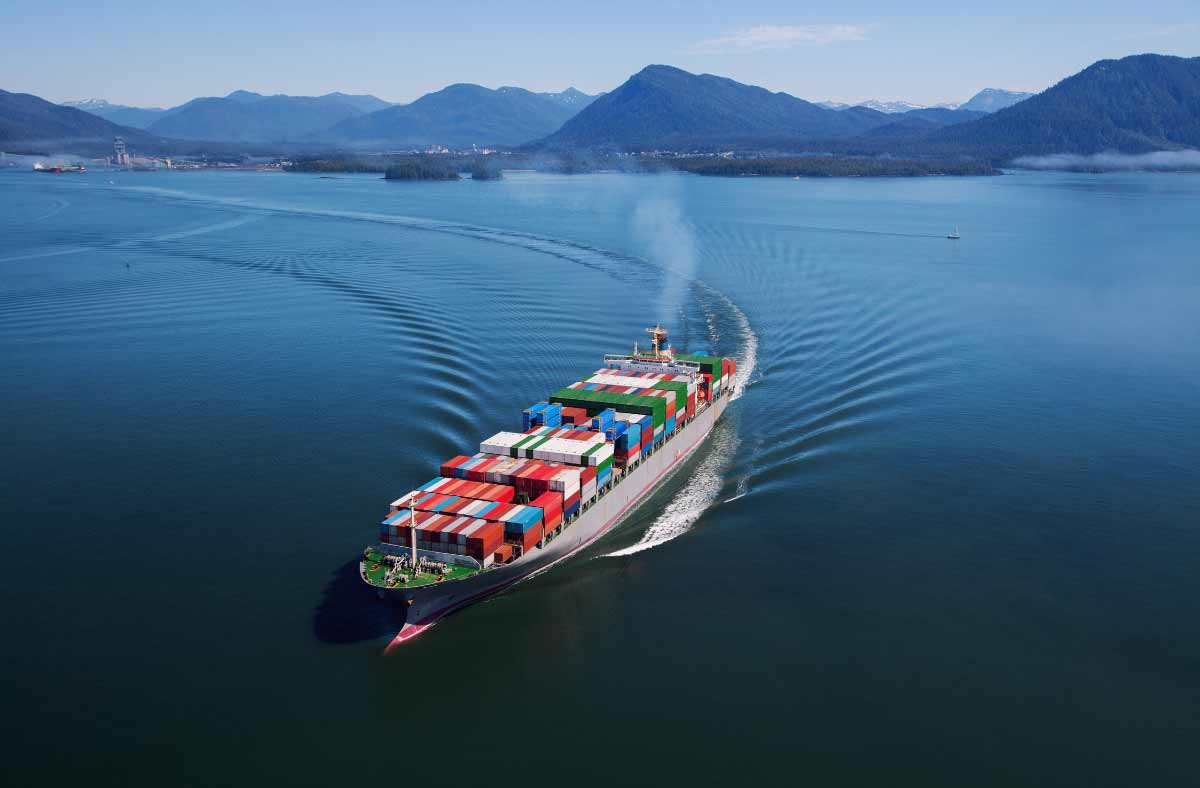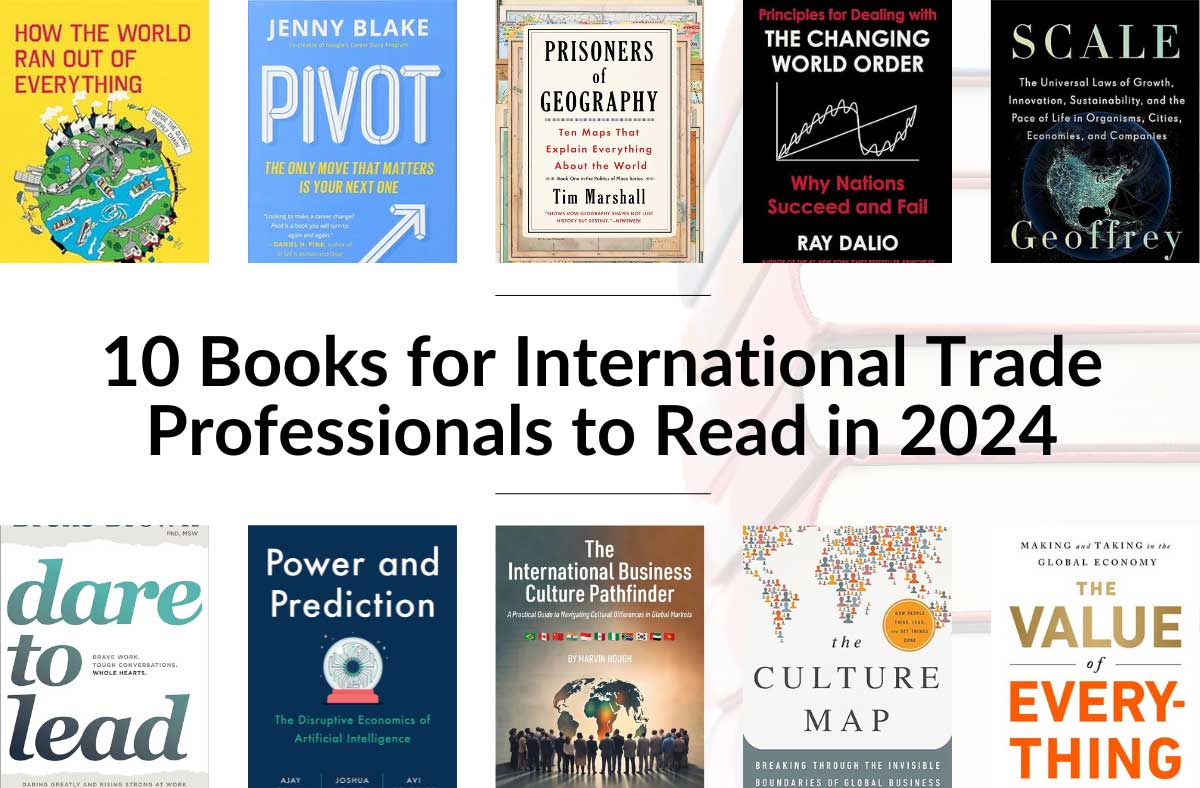
Unsurprisingly, the retail industry is currently undergoing a revolution, thanks to e-commerce. In fact, market research company eMarketer expects e-commerce will account for 7.3% of global retail sales in 2015 and increasing to 12.4% by 2019.
But with this revolution comes a big headache – returns. While returns are difficult enough to manage locally and domestically, complications multiply when managing cross-border returns.
The challenges of crossing borders in reverse
Cross-border e-commerce is a maze to maneuver, but the opportunities are great.
Boston Consulting Group predicts that global cross-border e-commerce revenues will be between $250 billion and $350 billion by 2025, compared to $80 billion today.
However, the maze consists of several challenges, including:
- Lengthy transportation times
- Customs bottlenecks
- Uncertainty of final price due to VAT, customs charges, etc. In Europe, the VAT is an additional 20%, on average, on top of the value of the purchased goods. Add this to shipping, insurance and potential customs duties, and the final cost can be a hefty one.
- Complex return processes
While each challenge requires a unique solution, managing returns is even more complicated because of its multifaceted nature.
Poor handling is leaving customers unsatisfied
In general, up to 30% of online orders are returned. In some countries, it’s even higher! However, effectively managing the process can help retailers not only save money, but also ensure good customer service.
The 2015 edition of the UPS Global Pulse of the Online Shopper, a global study, found that there was room for improvements in the returns process in every country surveyed. For example, in Asia, only 36% of online consumers were satisfied with the ease of returning items.
To further complicate matters, cross-border returns are costlier to manage than those in-country. Consider a few issues that affect cross-border returns:
- Rules vary from one country to the next. In Europe, for example, customers have a 14 day period in which they can return their online purchase for any reason after delivery. Meanwhile, in China, items purchased online can only be returned for any reason up to seven days after delivery.
- The cost of international returns may be much higher than the original outbound cost. Upon re-entering the U.S., for example, the item is now considered an import, so duties and taxes will apply.
Solutions exist and are improving every day
A good article from Internet Retailer offers some suggestions to manage this process:
- Ensure a fair and balanced returns policy is set up for your customers, so no one is at a disadvantage based on their country of residence.
- Set up a web-based returns portal for your shoppers, allowing them to print their own labels and track their returns all the way through the refund process.
- Build relationships with partners who have regional and/or in-country return centers. By performing the product inspection and refund process locally, you can significantly speed up the refund process. Also, it will give you the opportunity to consolidate packages for bulk return to the home facility, saving you a lot of money. One company the author worked with managed to reduce the average cost of returning goods from Europe and Asia to the U.S. from $38 to less than $10 by adopting a local returns strategy.
Specialized cross-border e-commerce companies are being snapped up to assist with easing cross-border pains.
For example, UPS acquired iParcel and FedEx acquired Bongo. In addition, Pitney Bowes acquired Borderfree, and postal operator Singapore Post recently acquired a 71% stake in US-based Jagged Peak to “support customers globally and move products more efficiently to consumers by implementing Jagged Peak’s Flexnet technology,” according to the press release.
Besides acquisitions, specialized cross-border returns management services are growing. One such service is from the U.S. Postal Service, which is currently in its testing phase.
The International Merchandise Return Service allows foreign consumers to return unwanted products back to the U.S. after being purchased on American websites.
The service provides return labels with postage payment, allowing the consumer to print off a label and return the item through the post. Consumers are able to send back items up to 30kg in weight through the IMRS, via the postal air mail or express mail system. The service also offers package tracking.
The IMRS is also being tested for online sales into Canada and Australia, under agreements with Canada Post and Australia Post, and could be extended to other countries if additional bilateral deals are reached.
Market research company eMarketer projects a 25% growth in global ecommerce sales this year, ballooning to over $US 3.5 trillion within five years.
Returns will not let up, and will likely grow alongside this massive upward trend. There are enormous opportunities for the companies that can get it right.
The key for retailers looking to expand across borders is to be mindful of their financial ledger, decide strategically which countries to expand into, research the growing options, and pick the best solution to meet their needs.
There is no one-size solution that fits all.
How does your company handle reverse logistics? Are your customers happy with their experiences, or are there still hurdles to overcome?







disqus comments